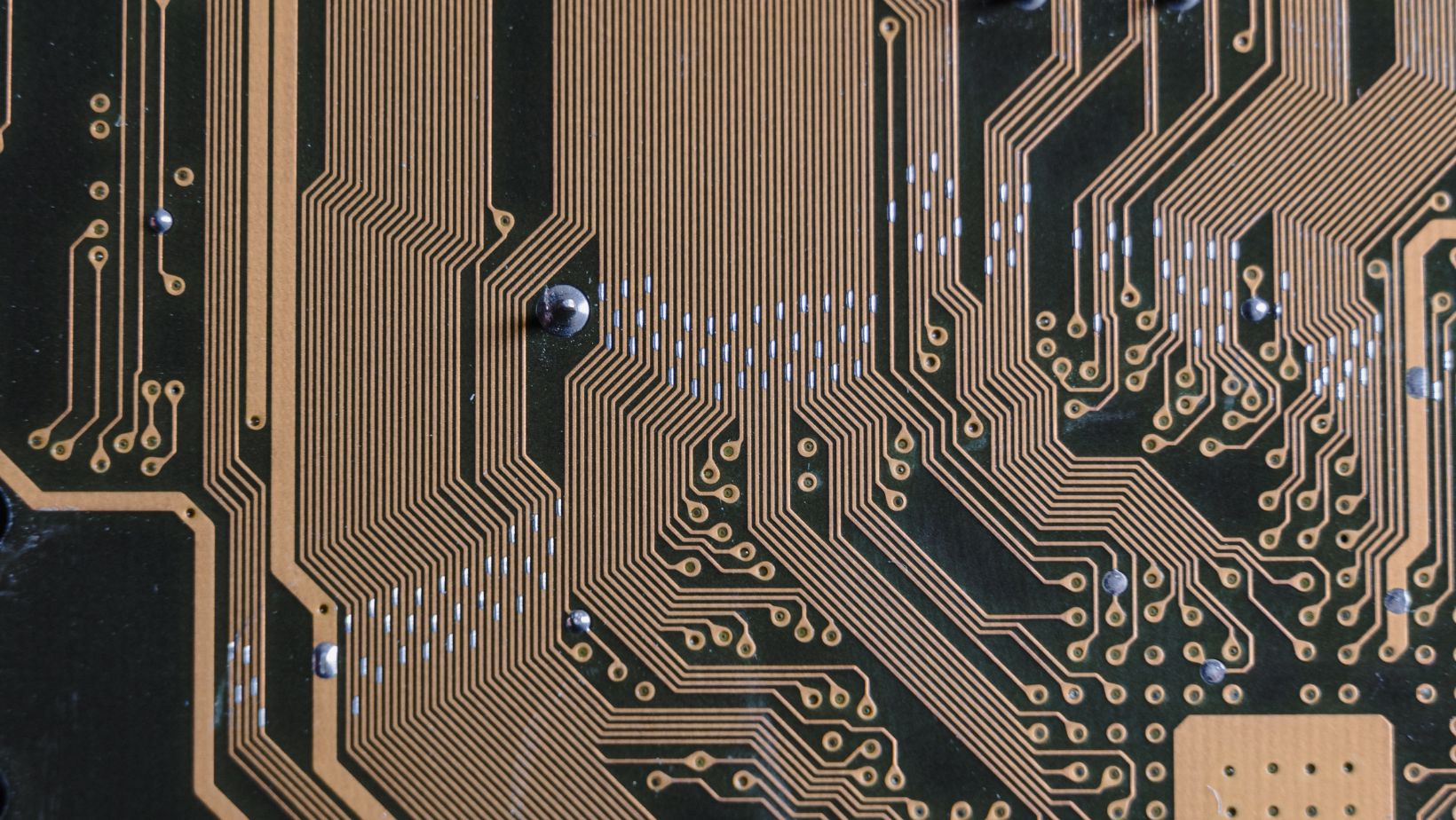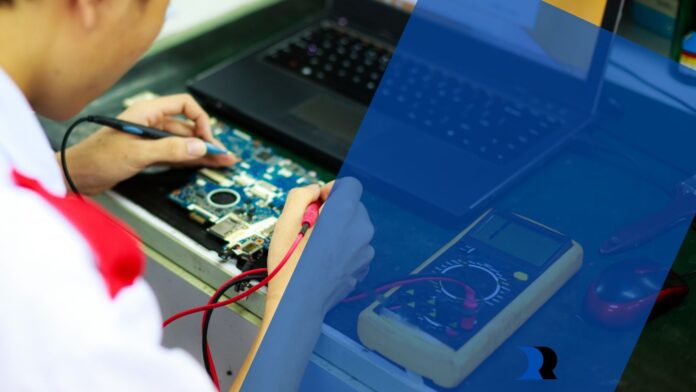In the realm of electronics and technology, acronyms and technical terms can often create confusion. Two such terms that are frequently used interchangeably but possess distinct roles in the world of electronic devices are Circuit Card Assembly (CCA) and Printed Circuit Board (PCB).
In this article, we will unravel the difference between these two fundamental components, shedding light on their unique attributes, functions, and contributions to the electronics industry.
Printed Circuit Board (PCB)
At its core, a Printed Circuit Board (PCB) is the physical foundation upon which electronic circuits are constructed. PCBs are typically made of a non-conductive substrate, such as fiberglass or epoxy, with a thin layer of conductive material, often copper, etched onto its surface. The copper traces form a complex network of pathways that connect electronic components like resistors, capacitors, and integrated circuits. PCB assembly serves as the structural backbone of electronic devices, providing mechanical support and facilitating the electrical connections needed for a circuit to function.
Circuit Card Assembly (CCA)
In contrast, Circuit Card Assembly (CCA) encompasses a more comprehensive concept. A CCA represents the entire assembly of electronic components and their interconnections on a PCB. In other words, a CCA includes not only the bare PCB but also all the mounted components, soldered connections, and any additional elements like connectors, switches, or heat sinks. It encapsulates the entire circuitry package, fully assembled and ready for integration into a larger electronic system.
Key Differences
Scope
The primary distinction between PCBs and CCAs lies in their scope. A PCB is essentially the substrate with the copper traces, whereas a CCA encompasses the PCB along with all the mounted components and interconnections.
Functional Completeness
PCBs are typically incomplete on their own; they become functional when components are added during the CCA assembly process. CCAs, on the other hand, represent a functional unit capable of performing a specific task within a device or system.
Integration
While PCBs are often manufactured as standalone components, CCAs are designed and assembled to be integrated into larger electronic systems or devices.

CCAs may include components like microprocessors, memory chips, and sensors, making them the brains and muscles of an electronic device.
Complexity
The complexity of a CCA can vary significantly based on the device’s intended function. Some CCAs may be relatively simple, while others in advanced electronics, such as computers or aerospace systems, can be incredibly intricate, featuring hundreds of components.
Functionality
PCBs serve as the foundation for electronic circuits, providing the electrical connectivity necessary for components to communicate and function. CCAs, as complete assemblies, encompass this functionality but extend it to include the operational aspects of a device.
Design Complexity
PCBs are primarily focused on providing a platform for electronic components and interconnections, making their design relatively straightforward. In contrast, the design of CCAs can be considerably more complex, as it involves not only component placement and routing but also considerations for functionality, power management, thermal management, and adherence to specific industry standards.
Application Specific
PCBs are versatile and can be used in various applications, from consumer electronics to aerospace systems. They serve as a foundational technology adaptable to a wide range of devices. CCAs, on the other hand, are often application-specific. They are tailored to the unique requirements and functionalities of the electronic system or device they are intended to serve. This specialization ensures optimal performance and efficiency within a specific context.

In summary, while both Printed Circuit Boards (PCBs) and Circuit Card Assemblies (CCAs) are fundamental in the world of electronics, they serve different roles and have distinct scopes. PCBs are the essential building blocks, providing the electrical pathways and mechanical support for electronic components. CCAs, on the other hand, represent the functional heart of electronic devices, encapsulating the PCB along with all mounted components, ensuring their interconnection, and serving as the operational core of the system. Understanding this difference is crucial for anyone involved in electronics design, manufacturing, or repair, as it forms the basis for creating and maintaining the myriad of electronic devices that shape our modern world.


